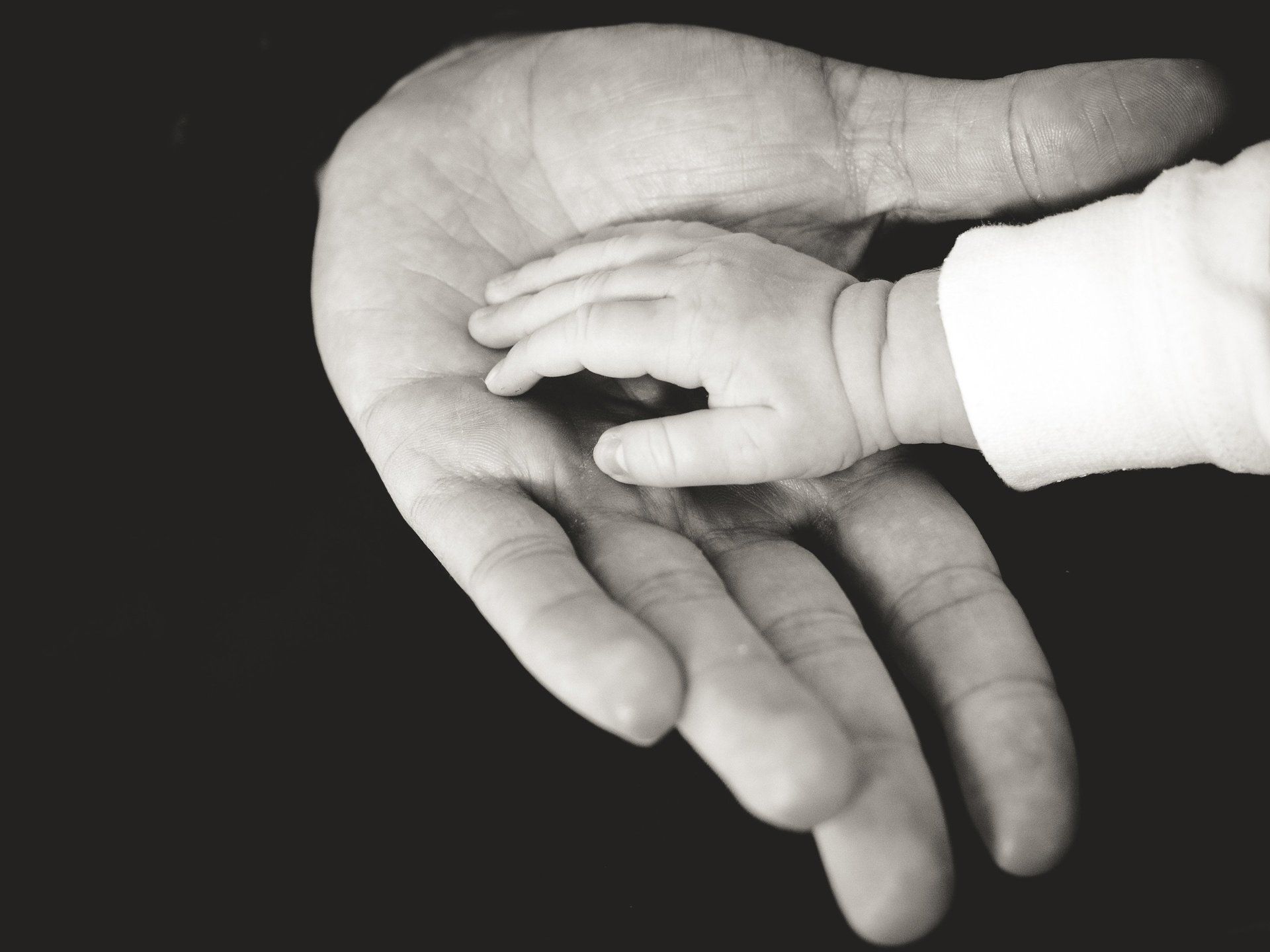Covid 19
Adam Schwalm • June 24, 2020
Covid 19 - Returning to Work - what to do?

There’s a lot of information out there regarding Coronavirus (COVID‑19) and details change daily. Trying to stay on top of the information is incredibly difficult and has created a lot of uncertainty around how to operate as a business.
A lot of the media coverage can be misleading and the most up to date information on Coronavirus (COVID‑19) can be found at https://www.gov.uk/coronavirus. You can also get medical information at the Public Health England website https://www.gov.uk/government/organisations/public-health-england.
As we now start to see businesses starting to return to work, a lot of people are unsure of the process for managing the situation.
The following 5 Step process is recommended:
Step 1. Health and Safety Assessment Checklist - Consider what impact returning to work would have on your employees and how to keep your employees safe.
Step 2. Carry out the Risk Assessment - The risk assessment should reflect the same topics as the inspection form but delves into more detail on how you intend to mitigate the risk of each identified hazard.
Step 3. Workplace Action Summary and Plan – Create a summary of the main actions and put a plan in place to complete the actions.
Step 4. Communicate your Findings – Talk and consult with your Team, ensure they understand what they need to do and how they can help.
Step 5. Reviewing Regularly – Do not forget to review any assessments regularly, as things may be changing regularly.
What you will need to consider:
• Employees, social distancing and the impact of returning to work
• Current Welfare and Well-being
• Travel, Access & Egress
• Cleaning and Hygiene Practices
• Building Safety
Who should go to work?
You should think about;
• Where and how your work is carried out, consider if there are jobs and tasks that can be changed to reduce risk.
• Identifying everyone in your business who should or can work from home –
If they should, due to underlying medical conditions or living with key workers who may be exposed to Coronavirus due to their role.
If they can, as their role is not specifically required to come to the office/main site.
• Providing equipment needed for employees to work safely and effectively at home (for example laptops and laptop stands, monitors, keyboards/mice, mobile phones and video conferencing equipment);
• Keeping in regular contact with people working from home, making sure you discuss their wellbeing and helping them to feel they are still part of the team.
• Where it is not possible to work from home, the guidance on social distancing and hygiene (handwashing with soap and water often, for at least 20 – 30 seconds) should be followed.
• The minimum number of people needed to carry out work tasks safely.
• Considering/Implementing a Phased Return as the lockdown eases.
Other things to consider:
- Well-being and Support
- Concerns about returning to work
- Restructuring work and working from home
- Suspected cases of coronavirus
- Questions to help plan how you will support employees
Finally, consult a Health and Safety provider who can guide you through the process and support you through the checklist, risk assessment and mitigation processes.

As a small business you are probably asking yourself "Why do I need to follow Health and Safety rules?" Basically, it’s the Law! The Health and Safety at Work etc Act (HASAWA) 1974 is the primary piece of legislation covering occupational health and safety in Great Britain. Despite the size of your business e veryone must follow Health & Safety law especially if you are working in construction (as a duty holder under Construction (Design & Management) Regulations 2015), agriculture, the railways, in the asbestos industry or where their activities are covered by Gas Safety (Installation & Use) Regulations 1998. If your work has the potential to harm someone whether an employee, client or member of the public, you need to ensure you understand how to keep yourself and them safe. Here is a link to a presentation that gives you a bit more information: Keeping your Business Safe, Healthy and Secure.

Keeping your Business Safe, Healthy and Secure. Regardless of the size of your business, it is very likely you will be impacted by Health and Safety Law. In the button below, there is a link to a presentation that provides some basic information and guidance on ensuring you understand your responsibilities and what you need to do, irrespective of the size of your business. You may think that just because you are self-employed, the only person in your business or you may just have one or two people working in your business, you do not need to worry about any of this! Unfortunately, there are not many cases where you do not have the responsibility and you cannot ignore your duty of care. Have a look and see where you think you might fit in the scheme of things. If you are not sure, then give us a call at Templers Safety and Security Ltd and we can have a chat about any concerns you may have and how you can ensure the safety of your business.

Return to Dance With all the schools now aiming to go back in September, how many people are planning to send their children back to their Dance classes too? How many of you have considered how they will ensure that the Dance Teaching Staff will ensure your dancers remain safe when they Return to Dance? While it is easy to presume everything has been taken care of by the School, Village Hall or Church where they will be having their dance lessons, do you actually know that they have done a Risk Assessment? Are procedures in place to ensure that the Dance school and the location where they are having their lessons are following Government Covid 19 guidelines? It can sound worrying and I know some people will be very concerned with sending their children back to dance lessons. This may be because you or someone you are living with, may have an underlying medical condition, be in the vulnerable category or self-isolating. To ensure that you are given peace of mind and that your children are kept safe, ask the Dance school to see a copy of their procedures and risk assessments that ensures they are being kept safe. I have been recently working with the Bedford Academy of Dance assisting the principal, Hannah D’Arcy. Hannah had approached me about producing Risk Assessments and Procedures, in line with the locations' procedures, to ensure all her dancers could Return to Dance safely. She said, “I wanted to ensure all my dancers could return to dance and carry on their lessons in a safe and secure way. These Risk Assessments and Procedures will ensure I follow the Covid 19 guidelines and the safety requirements of the halls where the lessons are taking place. I am very pleased with the work that Templers Safety and Security has carried out for me”. It is good to see someone taking the lead on the safety of their dancers, customers and teaching staff. If you or anyone you know may need support with their Return to Dance lessons, then please get in touch.
